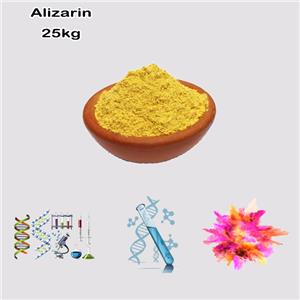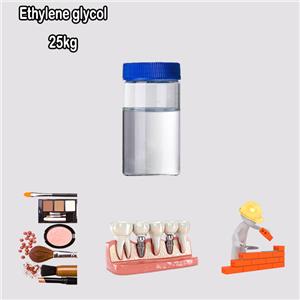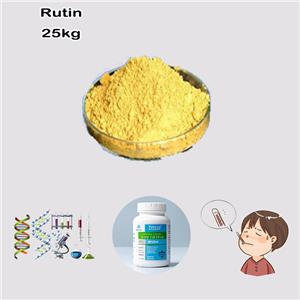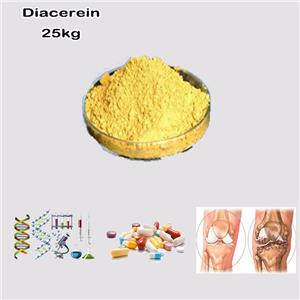
Alizarin NEW
| Price | Get Latest Price | |
| Package | 1kg | 25kg |
| Min. Order: | 1kg |
| Supply Ability: | 100kg |
| Update Time: | 2025-08-01 |
Product Details
| Product Name: Alizarin | CAS No.: 72-48-0 |
| EC-No.: 200-782-5 | Min. Order: 1kg |
| Purity: 99.5% | Supply Ability: 100kg |
| Release date: 2025/08/01 |
Alizarin (1,2-dihydroxyanthraquinone) is a naturally occurring red anthraquinone dye derived historically from the roots of the madder plant (Rubia tinctorum), now produced synthetically. Here's a detailed chemical breakdown:
Chemical Formula: C??H?O?
IUPAC Name: 1,2-Dihydroxy-9,10-anthraquinone
Structure: It consists of a planar, conjugated anthraquinone core (three fused 6-membered rings) with hydroxyl (-OH) groups attached to positions 1 and 2 (adjacent/ortho positions) on the central ring.
Simplified: O=C?C?=C(C=CC?=C?C(=O)C?=C(C=CC=C?)C?=O)O
Key Properties:
Appears as orange-red crystals or powder.
Insoluble in cold water, sparingly soluble in boiling water, soluble in alkalis, ethanol, ether, and organic solvents.
Its intense red color arises from its extended conjugated π-electron system.
Function as a Dye (Mordant Dye):
Alizarin itself is not a direct dye. It forms insoluble, colored complexes (lakes) when chelated with metal ions (mordants) like Al3? (alum), Ca2?, or Sn2?.
The ortho-dihydroxy groups on the anthraquinone core are essential for chelating metal ions. The specific metal determines the final shade (e.g., Al3? gives bright red "Turkey red", Sn2? gives pink, Fe3? gives violet/brown).
Historical & Modern Significance:
One of the oldest known natural dyes, used for millennia.
The first natural dye to be synthetically produced industrially (Carl Graebe & Carl Liebermann, 1869), revolutionizing the dye industry and leading to the decline of madder cultivation.
Modern Uses:
Histological stain: Used to stain calcium deposits in tissues (e.g., Alizarin Red S, the sulfonated derivative).
Indicator: Acts as a pH indicator (yellow below pH 5.5, red above pH 6.8, violet above pH 12).
Pigment: In artists' pigments (e.g., Alizarin Crimson).
Teaching: A classic example of mordant dye chemistry.
CAS Number: 72-48-0
Toxicity: Low acute toxicity, but can be a skin/eye irritant. Suspected of causing genetic defects (EU H351).
In short: Alizarin (C??H?O?) is a pivotal ortho-dihydroxy anthraquinone compound, famed as a natural red mordant dye requiring metal ions (like Al3?) to form its characteristic insoluble red lakes on fabrics. Its synthesis in 1869 marked a milestone in industrial chemistry. Today, its derivatives are primarily used as biological stains and pH indicators.



Company Profile Introduction
You may like
Recommended supplier
| Product name | Price | Suppliers | Update time | |
|---|---|---|---|---|
| $45.00/1kg |
VIP1Y
|
Hebei Zhuanglai Chemical Trading Co Ltd
|
2024-12-05 | |
| $15.00/1KG |
Zhuozhou Wenxi import and Export Co., Ltd
|
2021-07-11 | ||
| $0.00/100mg |
Shanghai Standard Technology Co., Ltd.
|
2020-05-27 | ||
| $1.00/1kg |
VIP8Y
|
Career Henan Chemical Co
|
2018-12-20 | |
| $15.00/1KG |
Zhuozhou Wenxi import and Export Co., Ltd
|
2021-07-09 |
- Since: 2006-04-03
- Address: Room 2015, No.2 Building Kaixin Mansion, No.107 Jinqiao Ave, Wuhan, China
+86-13986145403
info@fortunachem.com











 China
China